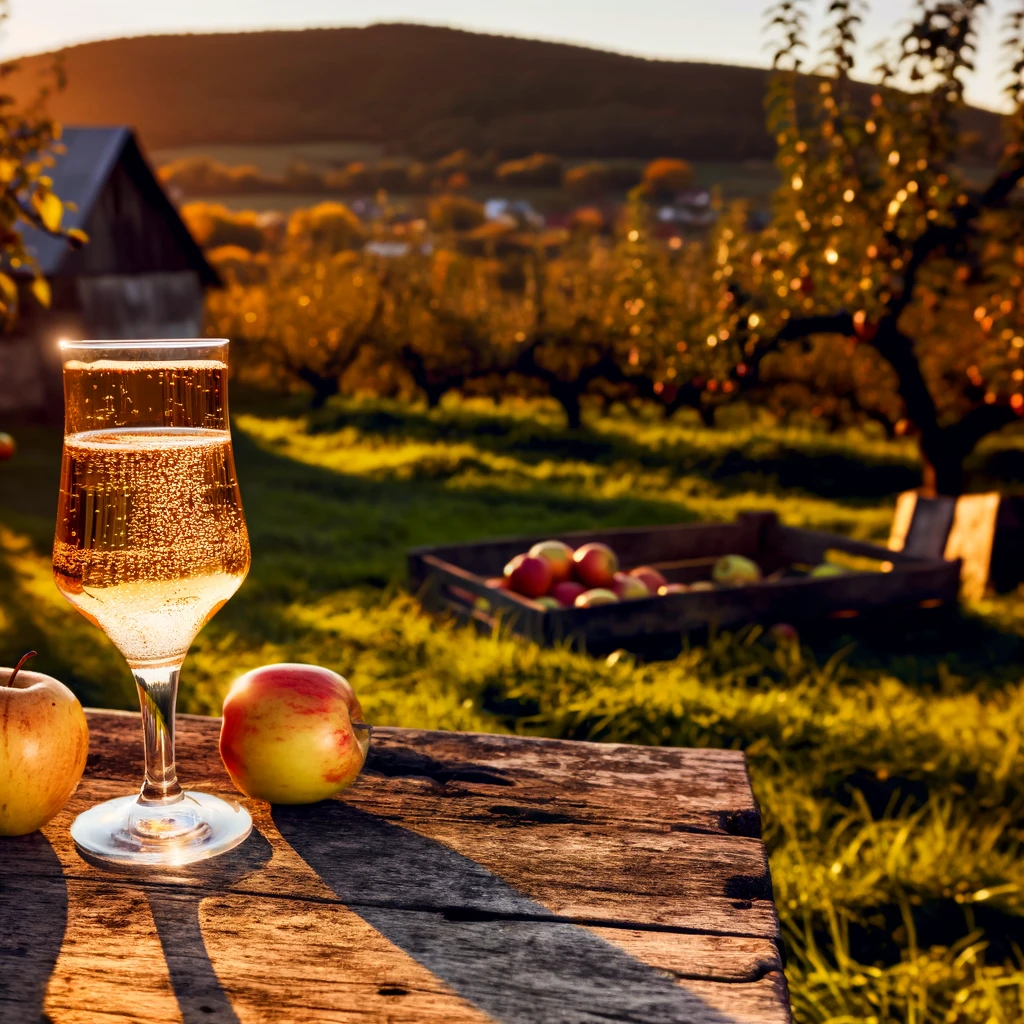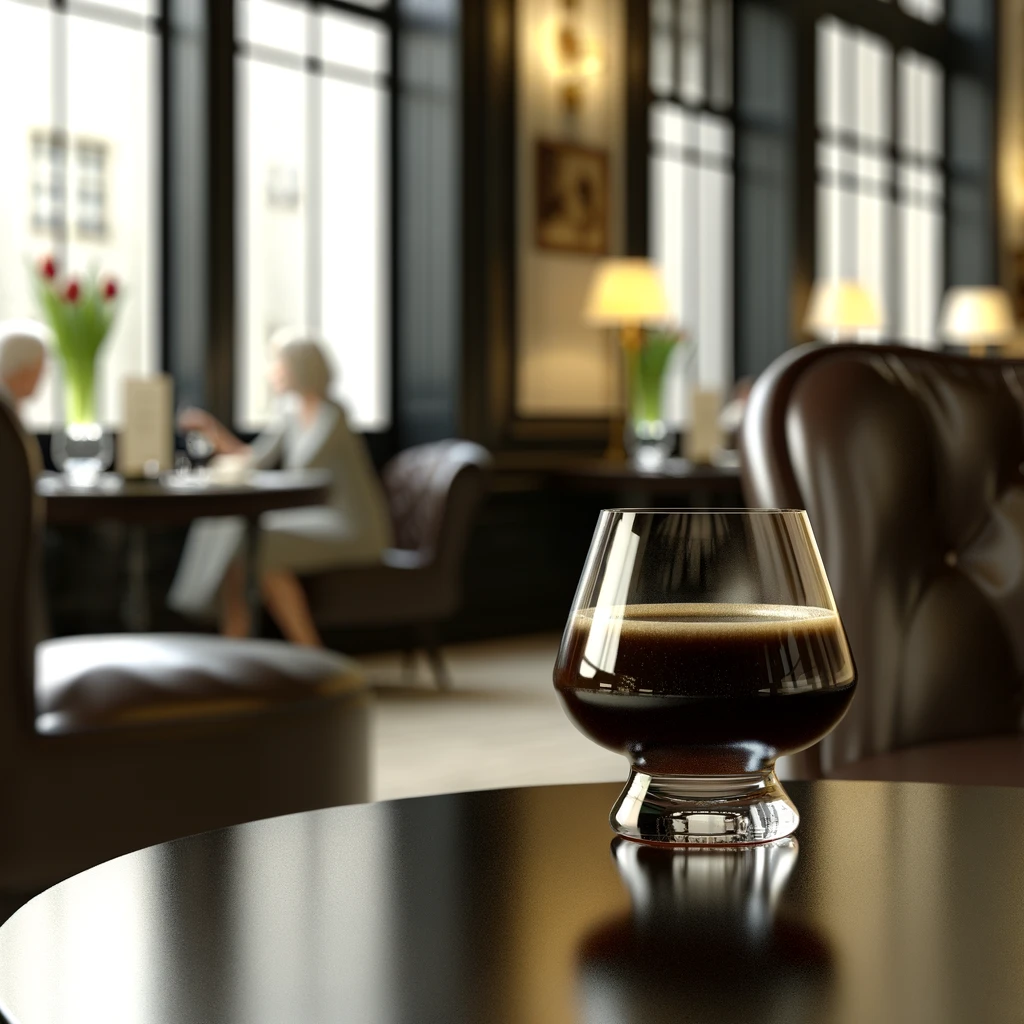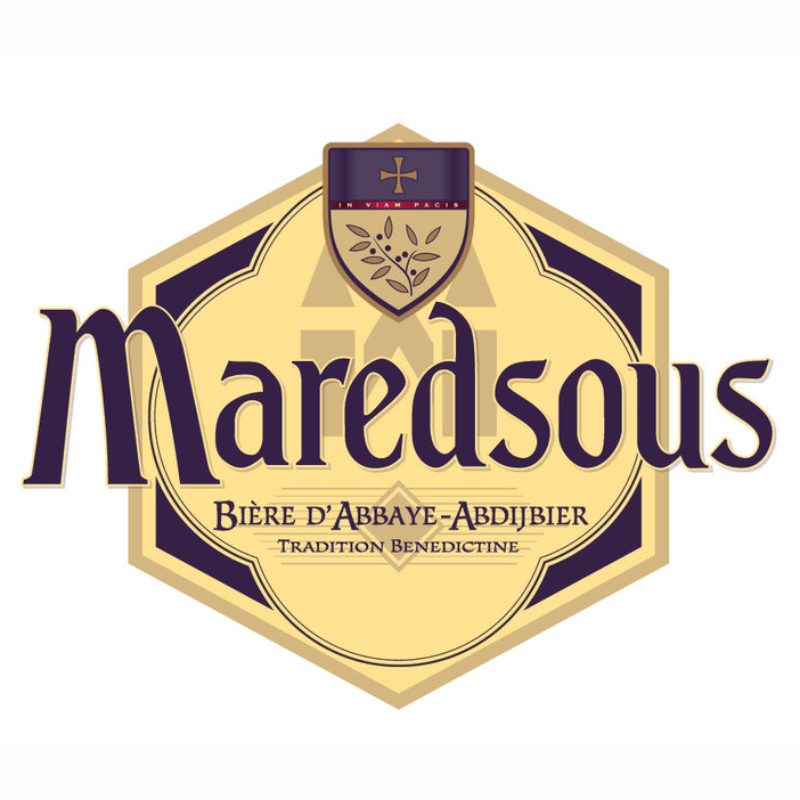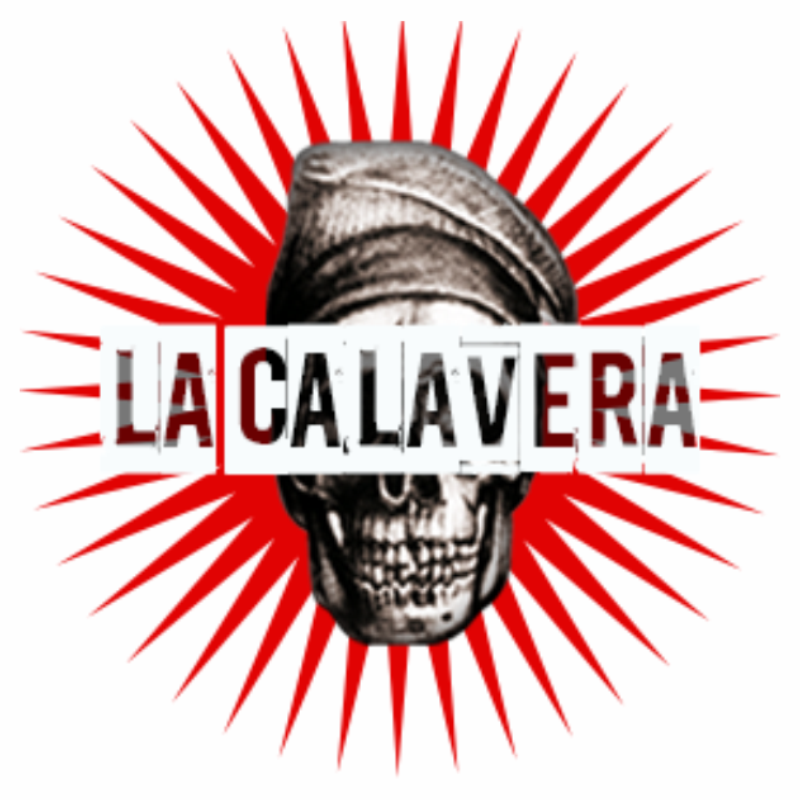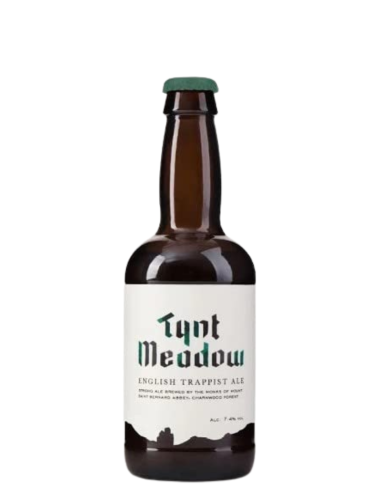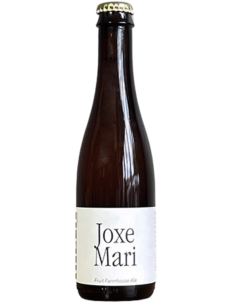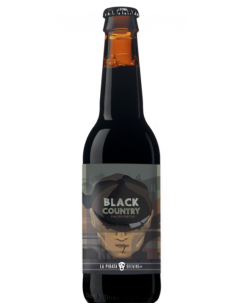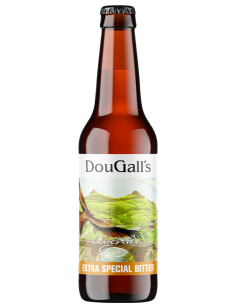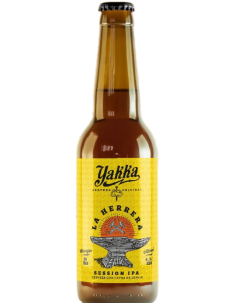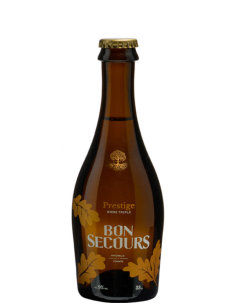Tynt Meadow, brewed at the Mount Saint Bernard monastery, is the 12th beer to join the exclusive club of Trappist beers and the first to be of English origin. Without a doubt, Tynt Meadow is a beer that does not disappoint and that perfectly mixes English and Trappist traditions. It is a Trappist English Strong Ale with 7.4º of alcohol bottled in 33 Cl. Appearance: mahogany in colour, with a subtle and warm red tone, and a long-lasting beige head. Taste: it is full-bodied, gently balancing the flavour of dark chocolate, pepper and fig. It leaves a warm and dry finish on the palate. Aroma: hints of dark chocolate, liquorice and rich fruit flavours.
Monastic life in the West looks to St Benedict, a monk of the sixth century, as its father. Since this time, there have been various interpretations based on the rule he wrote. The Cistercian reform, characterised by a desire for greater simplicity, was one of the most important of these and originated at Citeaux in France in 1098. One of its founders, Stephen Harding, was an Englishman, and the new Order, spreading rapidly, soon reached England. Familiar names like Fountains and Kirkstall, Rievaulx and Tintern, are among the 76 Cistercian monasteries that were eventually founded in these Isles. All were suppressed during the reign of Henry VIII. Mount Saint Bernard Abbey was founded in 1835 on land provided by Ambrose de Lisle, who was eager to re-introduce monastic life into this country. It was on Michaelmas day of that year that Br Augustine Higgs took possession of the half-ruined cottage in Tynt Meadow. He was soon joined by other monks: Luke, Xavier, Cyprian, Placid and Simeon. Their leader, Fr Odilo Woolfrey, wrote: ‘Here we are. I with my little company, already established in a little cottage on this land in Charnwood Forest which we have named “Mount Saint Bernard.”‘ The monks soon set about cultivating the wild and barren land and the first monastery was opened in 1837, designed by William Railton. But then, John, the 16th Earl of Shrewsbury, gave a donation for a permanent monastery to be built. The most famous architect of the Gothic Revival, Augustus Welby Pugin, offered his services for free, and in 1844, the new monastery was opened on the site where it still stands today. In 1848, Mount Saint Bernard was raised to the status of an Abbey with the first English Abbot since the Reformation, Dom Bernard Palmer. In 1963, Mount Saint Bernard Abbey was able to make its own foundation in Africa: the monastery of Our Lady of Bamenda, Cameroon, which is now an independent and flourishing abbey with a community composed mainly of African monks. Bamenda Abbey itself has recently made a foundation: the monastery of Our Lady of the Angels, in Nsugbe, Nigeria.
- Style
- ALE - STRONG ALE
- Sub Style
- ALE - English Strong Ale
- Appareance
- Roasted
- Alcohol Content
- 7,4 grados
- Volume
- 33cl
- Country
- ENGLAND
- Fabrica
- MOUNT SAINT BERNARD ABBEY
- IBUS
- 38
- Unidades caja
- 12









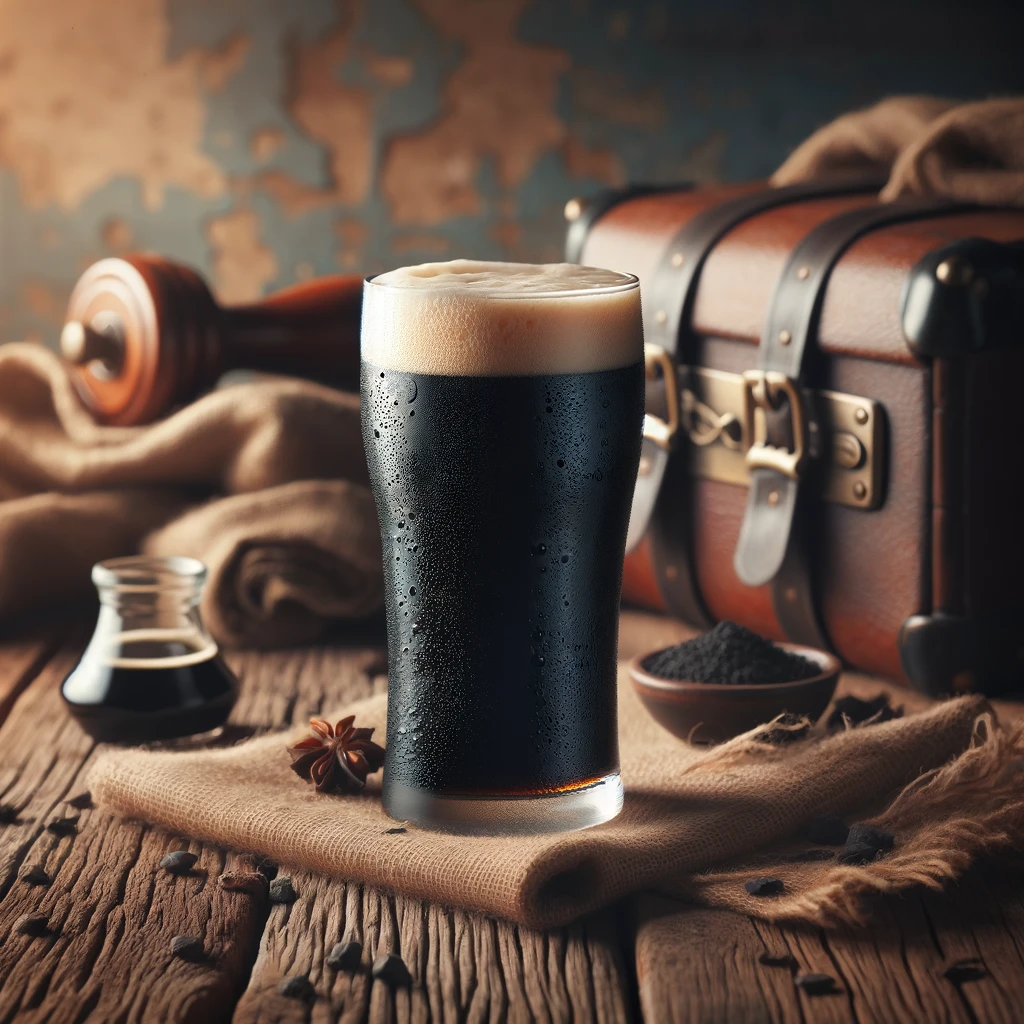
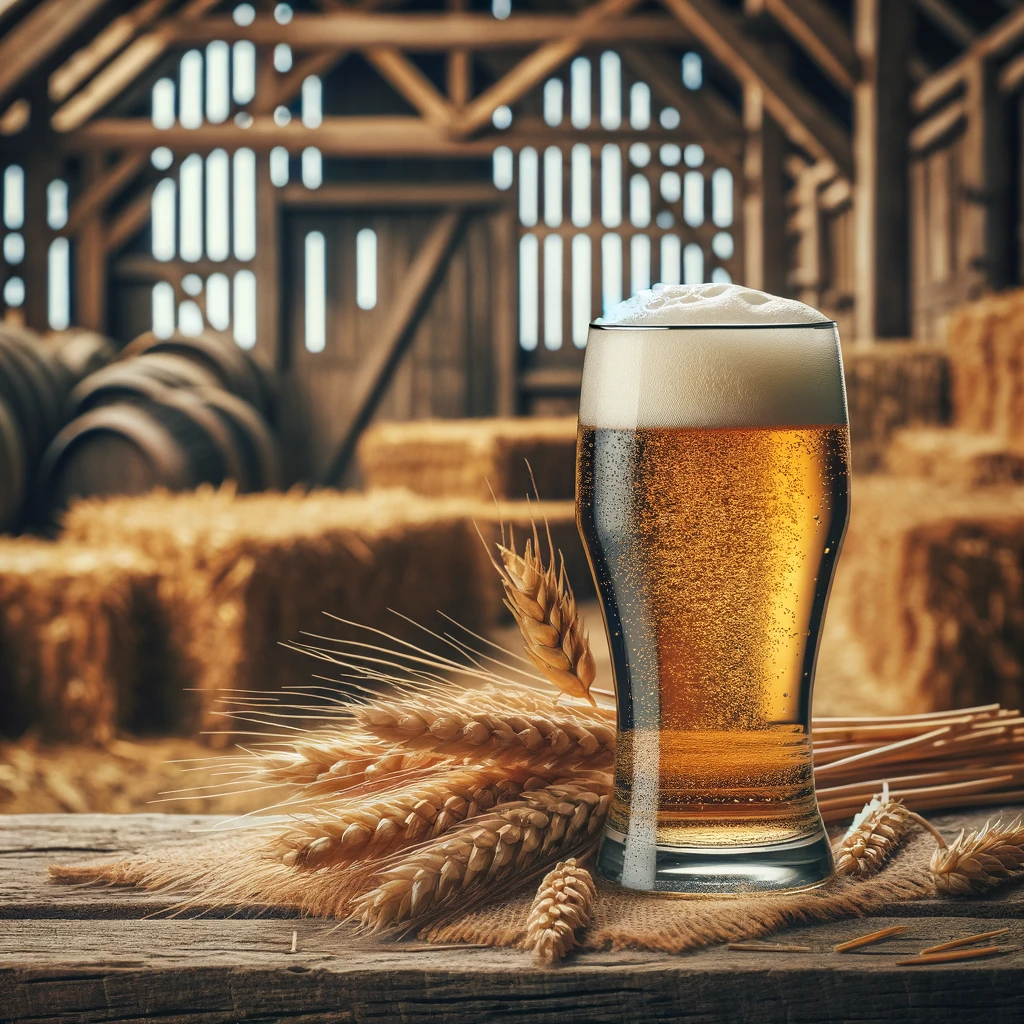

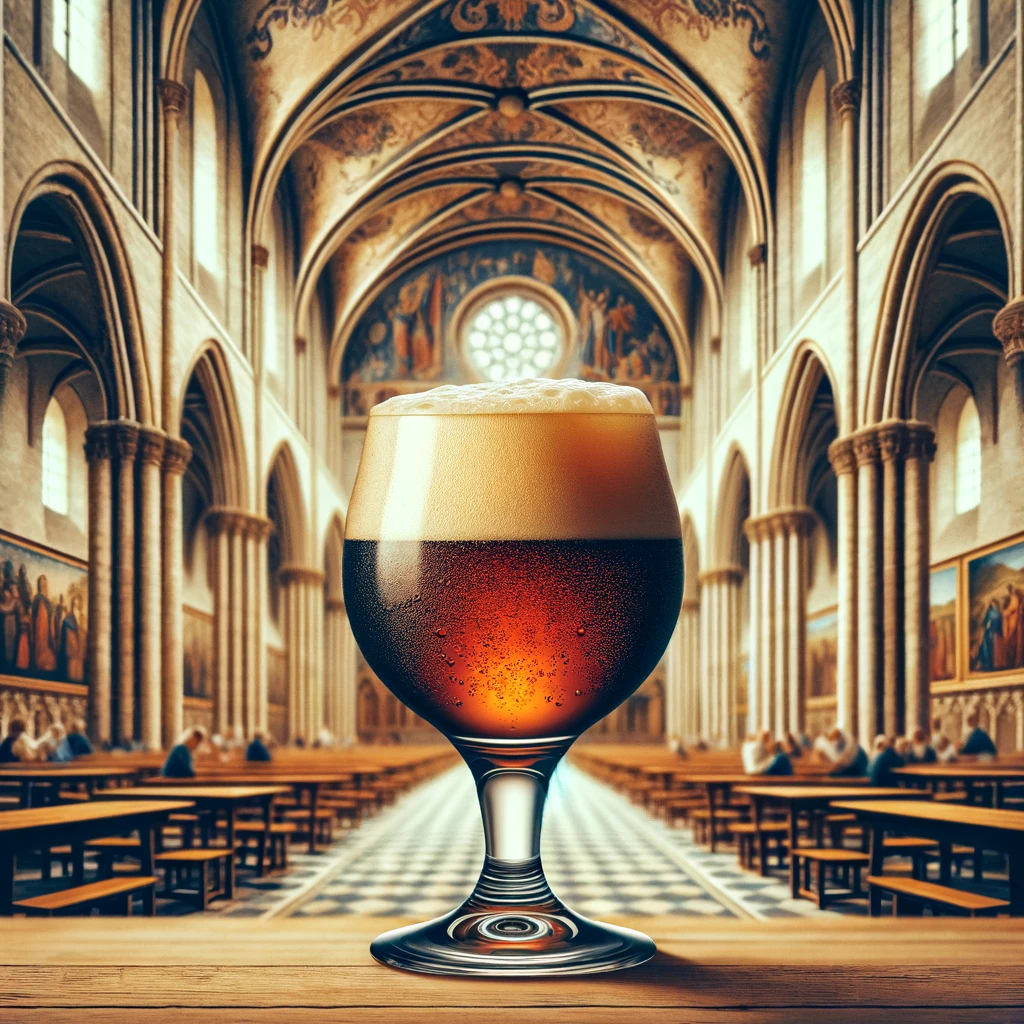


 (1).jpg)


